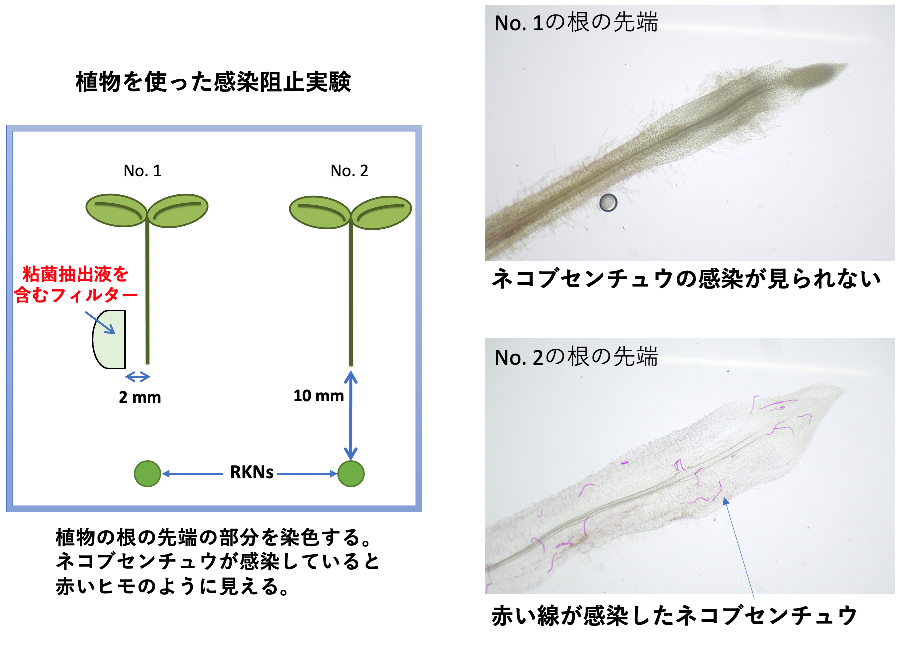Novel soil restoration strategy: Development of plant parasitic nematodes repelling system using repellent derived from the cellular slime mould. <br>Saito Tamao, Professor
Faculty of Science and Technology, Department of Materials and Life Sciences
- Research

【Abstract】
The cellular slime moulds live in the soil. Since many micro-organisms live in the soil, there are active interspecies chemical communications. It has long been expected that cellular slime moulds and nematodes would be closely related, as they live in the same soil and, share a common food source.
We found that the cellular slime moulds repel plant-parasitic nematodes. This repellent activity is due to the chemical compound(s) released from cellular slime moulds. We would like to find a way to use this repellent activity to protect crops from plant-parasitic nematodes, which are difficult to control, and thus we hope to establish a method of plant-parasitic nematodes control that has a low environmental impact.
【Future prospects】
We would like to develop a novel soil restoration technology based on a nematode repellent system. At present, nematodes in the soil are killed by toxic pesticides, but the damage of crops caused by the explosive growth of the remaining nematodes in the soil is repeated. Therefore, we would like to develop a novel technology to reduce the density of plant-parasitic nematodes by continuously suppressing nematode infection in crops. This reduces the use of pesticides and improves the condition of the soil.


